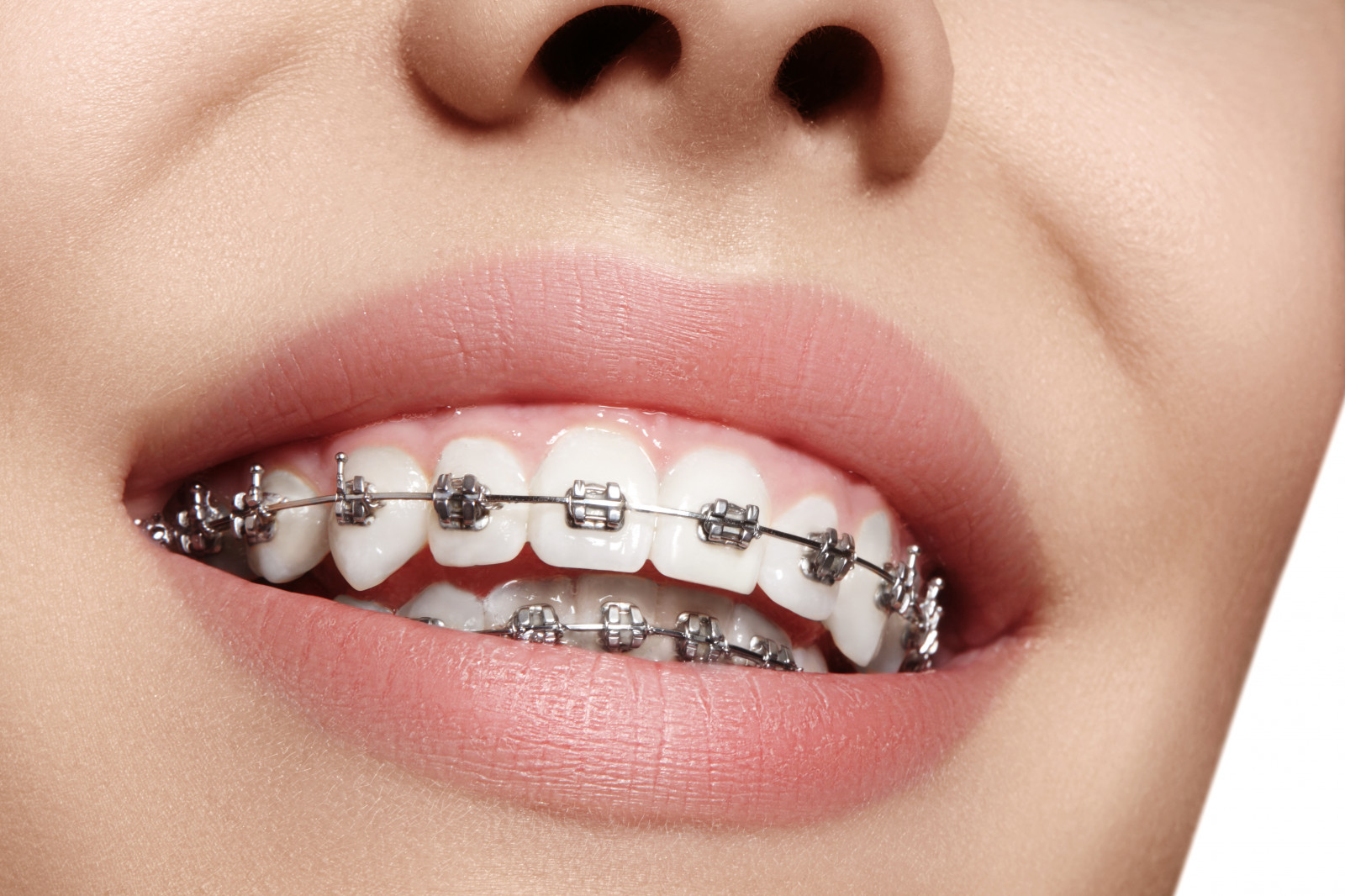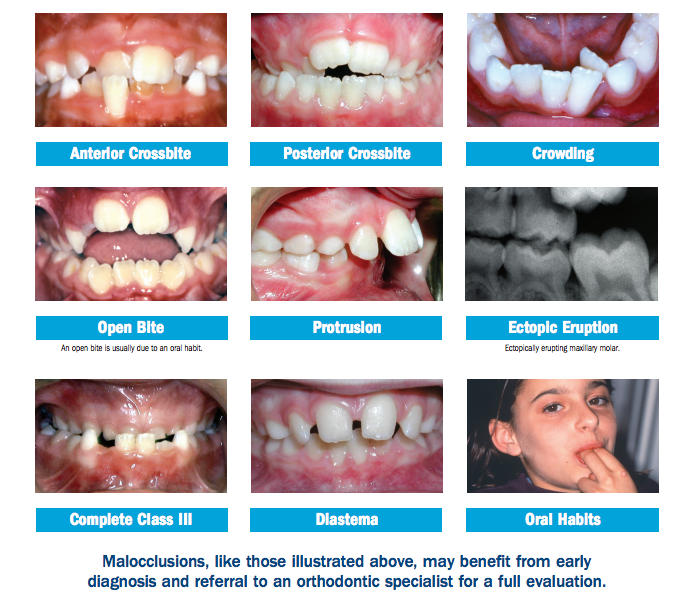Causey Orthodontics Can Be Fun For Anyone
Causey Orthodontics Fundamentals Explained
Table of ContentsSome Known Questions About Causey Orthodontics.Causey Orthodontics Fundamentals ExplainedWhat Does Causey Orthodontics Mean?Causey Orthodontics Things To Know Before You Get ThisCausey Orthodontics Things To Know Before You Get This
Overlooking occlusal partnerships, it was normal to eliminate teeth for a variety of dental issues, such as malalignment or congestion. The principle of an undamaged teeth was not extensively valued in those days, making bite relationships appear unnecessary. In the late 1800s, the principle of occlusion was crucial for developing dependable prosthetic replacement teeth.As these ideas of prosthetic occlusion advanced, it became an invaluable tool for dentistry. It was in 1890 that the work and influence of Dr. Edwards H. Angle began to be really felt, with his contribution to modern-day orthodontics especially significant. Originally concentrated on prosthodontics, he educated in Pennsylvania and Minnesota before routing his attention in the direction of dental occlusion and the therapies required to preserve it as a normal problem, therefore coming to be referred to as the "daddy of modern-day orthodontics".

The concept of suitable occlusion, as proposed by Angle and included right into a category system, made it possible for a shift towards treating malocclusion, which is any inconsistency from regular occlusion. Having a full set of teeth on both arches was very looked for after in orthodontic treatment due to the demand for specific connections between them.
Causey Orthodontics Things To Know Before You Get This
As occlusion became the crucial priority, face proportions and looks were ignored - family orthodontics. To accomplish perfect occlusals without making use of external forces, Angle proposed that having ideal occlusion was the very best way to get optimum facial appearances. With the passing of time, it came to be quite obvious that even an extraordinary occlusion was not ideal when considered from a visual viewpoint
It became evident that orthodontic therapy might change mandibular growth, resulting in the development of useful jaw orthopedics in Europe and extraoral pressure measures in the US. These days, both practical home appliances and extraoral tools are used around the world with the goal of changing growth patterns and forms. Going after true, or at the very least enhanced, jaw connections had become the major purpose of treatment by the mid-20th century.
The Buzz on Causey Orthodontics
 The American Journal of Orthodontics was developed for this function in 1915; prior to it, there were no scientific objectives to adhere to, neither any kind of exact category system and brackets that lacked features. Until the mid-1970s, braces were made by covering steel around each tooth. With innovations in adhesives, it ended up being feasible to rather bond metal brackets to the teeth.
The American Journal of Orthodontics was developed for this function in 1915; prior to it, there were no scientific objectives to adhere to, neither any kind of exact category system and brackets that lacked features. Until the mid-1970s, braces were made by covering steel around each tooth. With innovations in adhesives, it ended up being feasible to rather bond metal brackets to the teeth.Andrews offered an insightful interpretation of the ideal occlusion in long-term teeth. This has actually had purposeful effects on orthodontic treatments that are provided consistently, and these are: 1. Correct interarchal connections 2. Right crown angulation (pointer) 3. Correct crown inclination (torque) 4. No rotations 5. Tight get in touch with factors 6. Apartment Curve of Spee (0.02.5 mm), and based on these principles, he uncovered a therapy system called the straight-wire appliance system, or the pre-adjusted edgewise system.
The advantage of the design hinges on its bracket and archwire combination, which needs just minimal wire bending from the orthodontist or clinician (cheapest orthodontist near me). It's aptly named hereafter attribute: the angle of the port and thickness of the brace base ultimately figure out where each tooth is positioned with little need for added control
Some Known Details About Causey Orthodontics
Both of these systems utilized identical braces for every tooth and necessitated the flexing of an archwire in three airplanes for locating teeth in their wanted settings, with these bends dictating utmost placements. When it comes to orthodontic devices, they are split into two types: detachable and taken care of. Removable devices can be handled and off by the person as needed.

Therefore, virtually all modern-day set devices can be taken into consideration variants on this edgewise home appliance system. Early 20th-century orthodontist Edward Angle made a major contribution to the globe of dental care. He developed 4 unique home appliance systems that have been used as the basis for several orthodontic therapies today, preventing a couple of exemptions.
The smart Trick of Causey Orthodontics That Nobody is Discussing

The cord finished in a thread, and to relocate it ahead, an adjustable nut was used, which permitted a rise in area. By ligation, each individual tooth was attached to this large archwire (orthodontist services). Because of its restricted variety of activity, Angle was not able to achieve accurate tooth positioning with an E-arch
These tubes held a soldered pin, which can be rearranged at each consultation in order to move them in position. Dubbed the "bone-growing home appliance", this contraption was theorized to urge healthier bone development as a result of its capacity for moving force directly to the origins. Nevertheless, implementing it verified bothersome in reality.